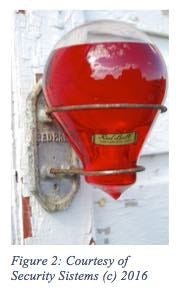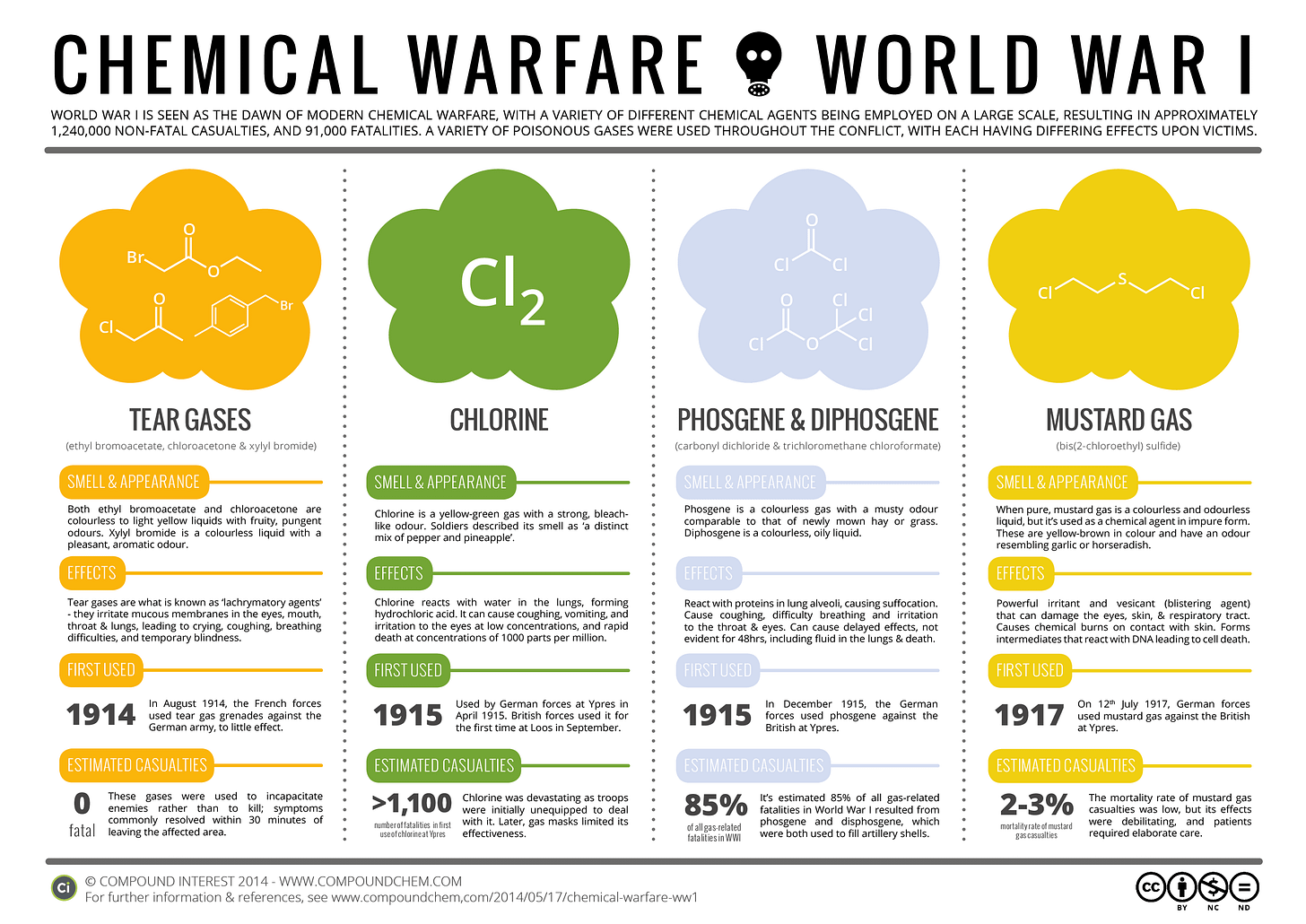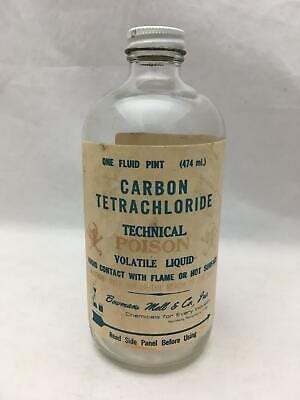Cherry Bomb, Redux (#132)
A return to an old favourite, reminiscing with my sister about a surprising find in our dad's old workshop.
I’d like to share with you one of my favourite spooky science tales from two years’ ago - about a glass orb that hung like the Sword of Damocles. Please enjoy, and I’ll see you all next week for the hallowed eve!
The office was located in a dated strip mall; dark wood panels lined narrow corridors that took you to dusty rooms with varnished trim that served as meeting spaces and administration for my dad’s home construction business.
At the end of one of these corridors was the bathroom. I hated using that bathroom. But, nature would call, and so I would summon all of my seven-year-old gumption, scurry into the cramped, cold space, and quickly shut the door.
It wasn’t the bathroom that scared me. It was what was outside the bathroom: a staircase down into a basement with no escape and lots of mice and a few saws scattered about. Above this staircase, fixed to the veneer, was a dull metal bracket holding a glass orb filled with a red liquid. A faded sticker on the orb gave no clues as to the contents.

Where proper labelling left gaps, the imagination of my sister and I filled in in spades1.
Me: “Maybe it’s mercury, like in our thermometer? And remember when the thermometer broke and we had to get away quick because mercury is poisonous?”
My sister: “Maybe it’s ghosts, like in that movie we saw. If it breaks, the ghosts escape.”
Me: “What if it’s poison that turns people into monsters?!”
In a recent chat with my sister, we both realized that we still had no idea what that thing was. So, I decided to investigate, and it turns out, we were right to be a little scared.
The Floor is Now Lava
In the late 1800s to mid-1900s, “grenade-style” fire extinguishers were decorative and practical. With the heat of a nearby fire, the solder of the wire bracket would melt and drop the orb onto the flames.
When they were originally conceived, fire grenades contained coloured salt water. Eventually, folks realized that salt water wasn’t as good as other liquids at extinguishing flames, so a switch was made to more effective flame retardants.
Like carbon tetrachloride.
In the past, carbon tetrachloride served as a coolant in refrigerators, a dry cleaning chemical, and a solvent. Its non-flammable properties made it ideal for smothering flames. Released from an extinguisher, the liquid would disperse over the fire, vaporize into a gas, and smother it.
Like many other chemicals, though, you wouldn’t want any of the liquid to splash back on you from the shattered glass, and you wouldn’t want to inhale the vapours if you were still in the vicinity of the fire. Depending on the amount, you’d be susceptible to dizziness, and liver, kidney, and nervous system damage. (Carbon tetrachloride may also be a possible cancer-causing agent, although the evidence is inconclusive.)

A chemical’s volatility isn’t necessarily a reason to avoid it. If it has an effective use and it can be treated with the respect and precautions they deserve, then why avoid using carbon tetrachloride to put out fires?
Why did the mystery orb - the Victorian-era glass fire extinguisher go out of vogue?
Just a Minor Breakdown
If you look back at the image of the glass bottle of the chemical, you’ll see the warning to avoid flames. Even though the hazard diamond indicates stability, it actually isn’t stable if the temperature is not normal - i.e., if there is excess heat.
Specifically, when exposed to sufficiently high temperatures, the chemical bonds in carbon tetrachloride will decompose and react with oxygen in the air to create chlorine and phosgene gases - two darlings of World War I chemical warfare. Phosgene is especially a delight; as a gas that is heavier than air, it was ideal to sink into trenches and foxhole, causing a suffocating death via coughing, difficult breathing, pulmonary oedema (build-up of fluid in the lungs).

The carbon tet fire extinguishers were phased out in the early to mid-20th century. It now only has limited industrial and agricultural uses, but the threat still pops up. For example, as a component of brake cleaner, it has surprised a number of mechanics when lingering drops are exposed to the high heat of welding torches.
Foolery, Sir, Does [One] Walk About the Orb
So, not ghosts or mutagens, but definitely a nasty poison. Past me does feel somewhat validated that I did everything to stay the hell away from the roughly 50-year-old orb. (Thank goodness the metal bracket and solder hadn’t corroded…)
Perhaps more fascinating to me than the research I did to learn about the mysterious red orb, was that it lingered in my and my sister’s memory after all this time.
I suppose it was just strange enough, just spooky enough, to stick in our brains even twenty-some years later.
We had a babysitter who likes to watch scary movies with her older kids (forgetting that we weren’t double digits in age). That, plus having a lot of time on our hands as the daughters of someone who used to drive up to job sites or hardware stores, and tell us, “Just five minutes”, meant we had rather active imaginations.





Sometimes avoiding the unknown is a good thing!
It's really astounding that carbon tet would have been used this way. I know that certain kinds of fire protection still are themselves dangerous. Foams, of course because of PFAS, but I also recall "fire suppression systems" in data centers that (so I was told) suffocated fires by sucking all the oxygen out of the air. A rather frightening circumstance if you're in the bowels of a data center. Could be the carbon tet was in the mix, actually. Not sure.